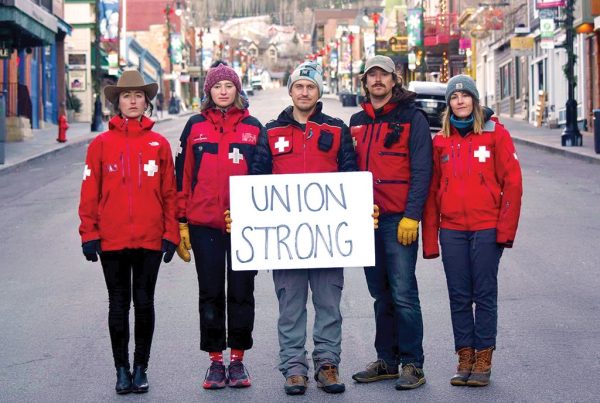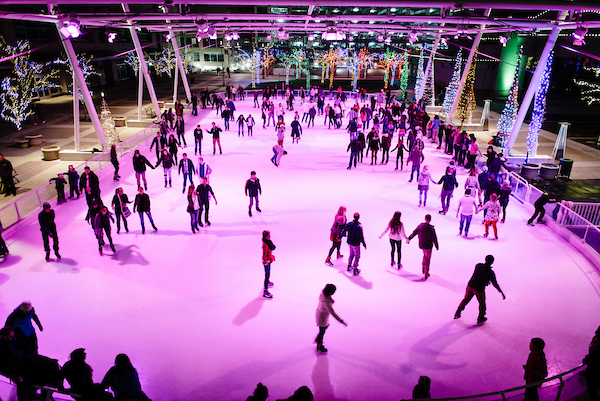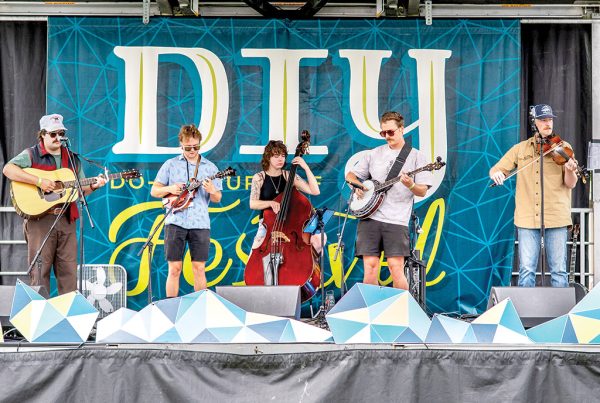
Bosozoku, also known as the Black Emperor, is a Japanese subculture focused on speed, excitement, and powerful motorcycle or vehicle customization. This delinquent subculture arose when some kamikaze pilots returned from World War II in the 1950s. The pilots could not cope with having an ordinary life after returning home, having experienced violence on the battlefield. They established motorcycle gangs that would cruise around neighborhoods at night on high-speed, high-noise, and high-risk rides, pursued by police to imitate the military nature of brotherhood, danger, and thrill.
As the kamikaze generation grew older, these motorcycle gangs were replaced by a new generation of disgruntled teenagers more tradition-oriented. After a series of disturbances triggered, the gang brought the motorcyclists’ reckless driving behaviors to media notice; they nicknamed the emerging group “Bosozoku.” The subculture immediately embraced the term because of violence and speed.
The Bosozoku was mainly comprised of working-class male teenagers between the ages of 17 and 20. Most gang members were uneducated teenagers, and many dropped out of school. Even though Bosozoku was primarily a male-dominated organization, there were also female-only Bosozoku gangs. They sometimes paired with the male-only gangs to ride together. Despite their prominence in the subculture, there appears to be little research on female Bosozoku members.
Ascension and Decline of the Black Emperor Gang
The National Police Agency of Japan believes that there were more than 40,000 Bosozoku gang members countrywide in the 1980s. They were all over the place, not only in large cities but also in rural areas. They regularly fought with residents and authorities, creating noise violations, property damage, and sometimes full-fledged riots with massively modified motorcycles.
Members routinely engaged in violent confrontations with law enforcement and rival gangs. Getting beaten to a pulp by senior gang members was a rite of passage for many newcomers.
It’s easy to see how Katsuhiro Otomo would extrapolate the Bosozoku’s ubiquity in his picture of Tokyo’s dismal future in the early 1980s, given such an environment. They controlled the police agenda in Akira and took part in anti-government protests. They turned the streets into a playground and defied any authorized person who tried to stop them. It is definitely easy to imagine such a scenario given the state of affairs in Japan’s postwar bubble economy in the 1980s.
However, the asset bubble broke in the early 1990s, and the ensuing lost decade brought everything crashing down (the effects of which still reverberate through the Japanese economy). During the 1990s, membership decreased precipitously. The fact that bike modifications were costly was a large factor. Given the status of the economy, many young folks could not afford such upkeep.
Another factor that contributed to the Bosozoku’s decline was the National Police Agency’s growing strength. Previously, police had limited recourse for reckless driving and violating noise restrictions by customized bikes. Arrests were challenging unless the Bosozoku injured someone or damaged property. The government changed the road traffic rules in 2004, resulting in increased arrests of Bosozoku members. The dangers were no longer worth it for many young members.
Black Emperor Gang Retro Motorcycles
The Bosozoku retro motorcycles started as locally built 250-400cc road bikes but eventually morphed into Kaizsha (“Modified Vehicles”), which are more than the sum of their parts. Although American choppers and British cafe racers influenced their design, Bosozoku’s retro motorcycles are distinctive. According to motorbike enthusiasts, these bikes can be fully fixed up, from fixing or replacing engines to crucial replacements and updates. The retro motorcycles include flamboyant paintwork, stickers, flags, modified exhausts, larger fairings, and gigantic sissy bars. Symbols such as the Rising Sun became standard branding. Horns, often many per bike, were custom-made to generate melodies that gangs adopted as their own.
The changes were made for one reason: display. The Black Emperor gang was unconcerned with speed or power, but they didn’t mind either. Instead, for many, the highlight of the culture was bragging to their peers and the larger community. Whole gangs, often hundreds at a time, cruised through cities and towns as one, clogging highways and generating the type of disturbance that seemed pointless at the time but is now remembered fondly as time well spent.
Modern Retro Bikes
As the name implies, modern retro bikes are modern production models designed like historical motorcycles but with modern engines, chassis, and componentry. These bikes combine a nostalgia-inducing appearance with totally modern performance and conveniences, including current electronics packages and rider aids, to provide what many riders believe to be the best of both worlds. This means you’ll be able to cruise the streets on a vintage-style motorcycle without having to worry about drum brakes, fussy carburetors, or archaic wire wheels. Most current retro bikes are based on the 1960s and 1970s models, while some exceptions are based on 1980s motorbikes and prewar motorcycles.
The combination of old-school aesthetics and modern powertrains and technology distinguishes a modern retro from other retro bike models. An example is the Royal Enfield Bullet or Yamaha SR400. These are essentially retro bikes that have remained in production, largely unchanged for many years compared to modern motorcycles with modern retro bikes designed to look like vintage scoots. While some classic forms, like scramblers or cafe racers, are prevalent in the modern-retro area, modern-retro motorcycles are available in virtually every motorcycle genre, from minibikes to full-sized cruisers.
Although it has been many years since the Black Gang Emporers dominated the streets, the memories are kept alive, and the culture that they created has never been forgotten.
This article was originally published by the Locksmithspros.org.






